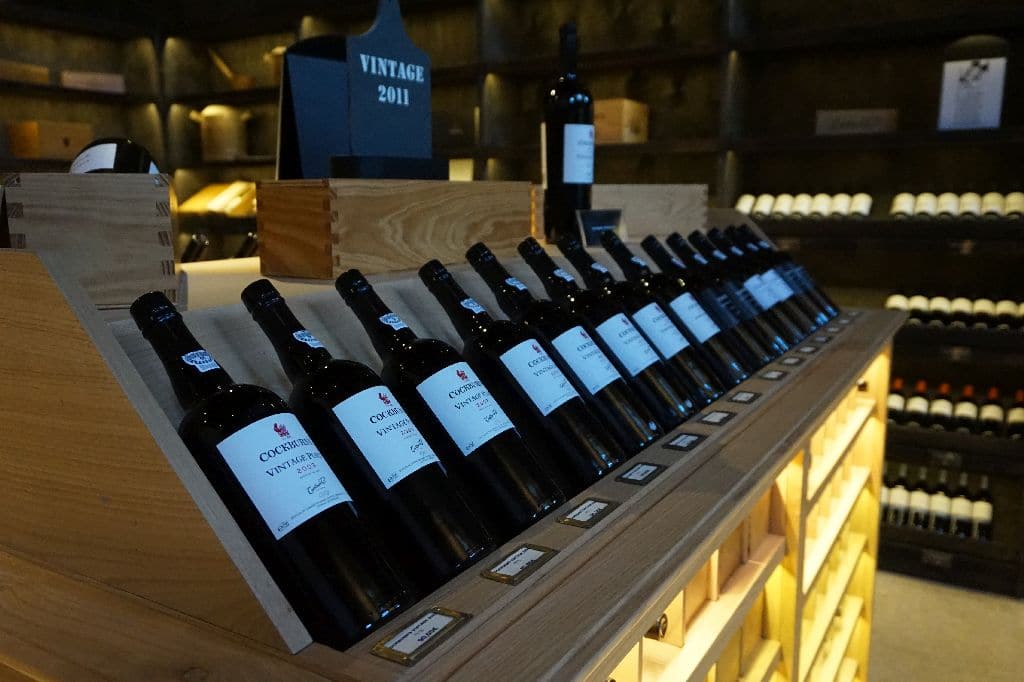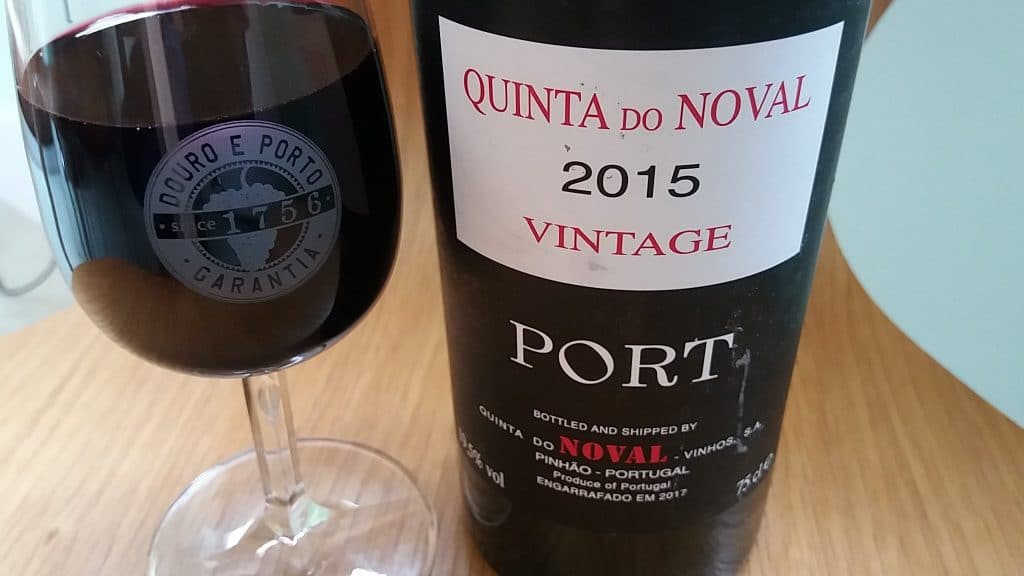Classic Vintage Port wine is one of the most iconic wines in viticultural history. It is one of the most valuable and sought-after wines in the world. Only 2% of the total production of port wine are Vintage.
It is produced only in the best years on the basis of development and conditions for ripening grapes. Its production is based on a sufficient number of quality starting wines, which are available mainly to large producers who own several vineyards (quintas), each of which gives the resulting blend the desired properties to the resulting blend. That is, color, smell, body and complexity.
This is different from Single Quinta Vintage port wines, which are made from grapes from only one vineyard.

After the vintage, experts from individual wineries are already considering the quality of young wine and its potential to improve in the coming years. They choose the best wines that are aged for two winters in oak barrels.
Any producer who decides to bottle Vintage Port usually announces (declares) the second spring after the vintage, and such Port wine must be bottled in the third year after harvest by the end of July.
In order for the Vintage producer to be able to declare, the young wine must be of excellent quality, as the slightest defect will be reflected and multiplied in the bottle over many years.
Sufficient complexity in the body, massive structure and depth in taste, which has the potential to develop into a large Vintage Port wine in the bottle, are assessed. All this with regard to the time horizon of maturation in the bottle for several decades or even centuries.
The IVDP institution plays an integral role in declaring Port wines of the Vintage type. Sensory tests of young wines take place here and all information on port wines is recorded.

Individual producers and brands profess their own style of Vintage Port wine. From aromatic Croft to generous Taylor’s, through structured from Cockburn’s to extra-concentrated Vintage from Graham’s Winery.
Each of them protects his vintage handwriting and each has a different one. What is certain, however, is that when it comes to the production of Vintage port wine, the standard is set extremely high.
Vintage port wine serving
Vintage is best served a little colder than normal room temperature, ie between 16 – 18 ° C. Too cold Vintage does not release all its aromas and tastes, on the contrary, at a temperature of around 20 °C or more it can seem unbalanced and say „alcoholic“ in the nose.
Like all exceptional wines, Vintage Port should be consumed within a few hours of opening the bottle, for a maximum of 2 days with refrigeration. Vintage port wines older than 40 years tend to be more fragile and prone to oxidation, thus losing the desired freshness and complexity. And that would be an eternal pity.
The best way to enjoy Vintage port wine is from tulip-shaped glasses. There are glasses specially designed for port wine tastings by IVDP institutions. They allow you to turn with the wine and ventilate the wine in a glass so that we can best appreciate its aroma and color.
Vintage port wine decantation
During the long maturation of Vintage port wine in a bottle, a natural sediment is formed in it. These solid particles are not desirable when administered in a glass, so Vintage Port must first be decanted. At the same time, the wine „inhales“ and shows all its properties to the outside.
A glass carafe is used for decantation and for years old also a funnel with a fine sieve, or we can use a clean, white canvas. Carefully pour the wine over it into a carafe and then serve it on the table.
Matching flavors of Vintage Port wine with food
Fruity Vintage Port wine can be paired very well with dark chocolate or a distinctive cheese with blue mold, such as Stilton.
We enjoy the older, more elegant and softer Vintage Ports separately, as their color, smell and taste are the most important things your senses should be dealing with at that moment.
Also try pairing with main dishes, such as beef steaks.